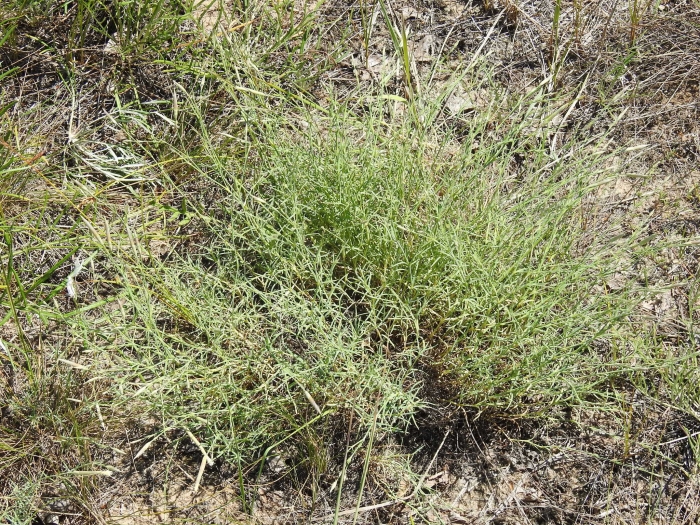Fringed Pink
(Dianthus squarrosus)
Fringed Pink (Dianthus squarrosus)
/
/

Konstantin Grebennikov
CC BY 4.0
Image By:
Konstantin Grebennikov
Recorded By:
Copyright:
CC BY 4.0
Copyright Notice:
Photo by: Konstantin Grebennikov | License Type: CC BY 4.0 | License URL: http://creativecommons.org/licenses/by/4.0/ | Rights Holder: Konstantin Grebennikov | Publisher: iNaturalist | Date Created: 2021-07-08T12:20:56-07:00 |




Estimated Native Range
Summary
Dianthus squarrosus, commonly known as Fringed Pink or Russian Pink, is a perennial herb native to the temperate regions of Europe and Asia, including Northern Asia and Siberia. It is typically found in a variety of habitats such as grasslands, rocky slopes, and alpine meadows, where it thrives in well-drained, gravelly soils. This plant grows at a moderate rate to a height of 0.5-1.5 feet (0.15-0.5 meters) and a width of 0.5-1 feet (0.2-0.3 meters). The Fringed Pink is characterized by its narrow, grass-like leaves and its vibrant pink flowers with fringed edges that bloom in the summer, providing a showy display.
Gardeners value Dianthus squarrosus for its attractive, sweetly scented flowers and its ability to form dense clumps that can serve as ground cover or border plantings. It is drought-tolerant once established, making it suitable for rock gardens and xeriscaping. For optimal growth, it requires full sun and well-drained sandy or loamy soils with low water needs after establishment. While generally disease-resistant, it can be susceptible to root rot in poorly drained soils. It is not known to be invasive when grown outside its native range, but gardeners should always monitor their plants and manage them responsibly.CC BY-SA 4.0
Gardeners value Dianthus squarrosus for its attractive, sweetly scented flowers and its ability to form dense clumps that can serve as ground cover or border plantings. It is drought-tolerant once established, making it suitable for rock gardens and xeriscaping. For optimal growth, it requires full sun and well-drained sandy or loamy soils with low water needs after establishment. While generally disease-resistant, it can be susceptible to root rot in poorly drained soils. It is not known to be invasive when grown outside its native range, but gardeners should always monitor their plants and manage them responsibly.CC BY-SA 4.0
Plant Description
- Plant Type: Herb
- Height: 0.5-1.5 feet
- Width: 0.5-1 feet
- Growth Rate: Moderate
- Flower Color: Pink
- Flowering Season: Summer
- Leaf Retention: Evergreen
Growth Requirements
- Sun: Full Sun
- Water: Low
- Drainage: Medium, Fast
Common Uses
Border Plant, Butterfly Garden, Low Maintenance, Rock Garden
Natural Habitat
Temperate regions of Europe and Asia, including grasslands, rocky slopes, and alpine meadows
Other Names
Common Names: Russian Pink
Scientific Names: , Dianthus squarrosus, Dianthus arenarius, Dianthus mussini, Dianthus recurvus, Dianthus recurvus, Dianthus sabulosus, Dianthus sabulosus,
GBIF Accepted Name: